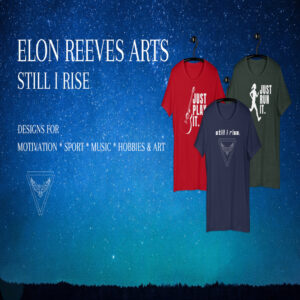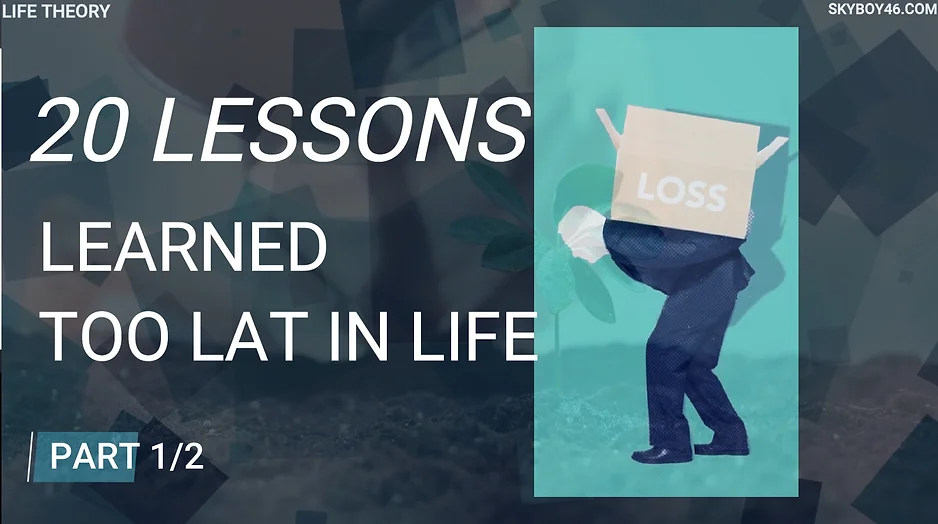Don’t Want To Read?
Watch/Listen To The Full Video on YouTube
Core memories may seem like pivotal moments that shape our lives, but what if the truth is far more complex? While movies often glorify the idea of defining memories, in reality, our identities are shaped by a continuous interplay of experiences and emotions. Memories evolve, reshaped by time, relationships, and our changing perspective. In this deep dive, we explore how our minds create autobiographical narratives, revealing how we can rewrite our stories and reshape the meaning behind the memories that shape us.
SUBSCRIBE: https://www.youtube.com/@LifeTheory46
The Truth About Core Memories – Life Stories 284
Picture a moment: dancing in the rain with your dad, racing through a sunflower field with your dog, or cheering at a football game beside your mom. These experiences are often labeled as “core memories,” moments that supposedly shape who we are. If you’ve been scrolling through social media, you’ve likely seen this term thrown around, suggesting that certain events become defining chapters in the book of your life. But here’s the catch—it’s not that simple. In reality, the concept of core memories as singular, life-defining events doesn’t quite hold up outside the realm of movies or TikTok trends.
The term gained mainstream attention thanks to a popular animated film, where emotions personified as characters handle glowing orbs that represent significant memories in a young girl’s mind. Each orb supposedly influences different aspects of her personality. It’s a captivating story, offering a clever exploration of how we imagine memory works, but it’s also a fantasy. Real-life memories don’t crystallize in neat little orbs or exist in isolation as the roots of who we become. The truth is, our personalities and behaviors are shaped by a much more complex interplay of memory types and experiences, which constantly weave in and out of one another.
We create different kinds of memories that blend together, each with its own function. Some memories fade away quickly, while others remain vivid over the years. The long-lasting ones fall under what we call long-term memory, and these can be further divided into explicit and implicit memories. Explicit memories, the kind you consciously recall, include episodic memories of personal experiences like a family trip or a significant event. They also encompass factual knowledge—like knowing the capital of a country or historical dates. On the other hand, implicit memories operate without conscious awareness; they’re the “how-tos,” like tying a shoelace or riding a bicycle, which become second nature over time.
Our brains also have short-term memory, which holds information for a brief period, and working memory, the shortest of all, which helps us keep track of thoughts while performing tasks. Think of it as the mental chalkboard where we juggle various ideas simultaneously. The way we combine these different memory types forms what’s known as autobiographical memory—essentially, the story of our lives. But even this isn’t set in stone; it’s shaped and reshaped by social interactions, culture, and individual perspective.
Research has shown that we tend to remember more vividly the events that happen between the ages of 10 and 30, a phenomenon known as the “reminiscence bump.” This period of life tends to be associated with key milestones—first loves, graduations, career beginnings—and these shared cultural experiences provide a framework for how we remember. They’re not just random; they align with a “life script” of what’s expected to happen and when. The moments of joy or sadness from this time often become markers in our personal narrative, yet even these memories evolve with time, subtly altered each time we revisit them.
The notion of a core memory as a single, iconic event that defines us is alluring, but it doesn’t capture the full picture. Our identities are formed not by one-off experiences but through repeated patterns and the meaning we derive from them. A rainy-day dance as a child won’t singlehandedly shape a personality; rather, it’s the cumulative effect of many such moments that leave an imprint. Our biology, surroundings, and relationships also play roles in determining which memories stick and how they influence us.
Moreover, the way we remember isn’t static; our recollections are fluid, morphing as we add or subtract details to fit our current state of mind. Sometimes we reshape past events to support a particular narrative—positive or negative—that we’re trying to construct. The memory itself doesn’t hold the power; it’s our emotional response to recalling it that can affect us deeply. This fluidity gives us an opportunity, though: we can reframe negative memories, softening their impact, and let the uplifting ones inspire our future selves.
While the idea of core memories may not hold scientific weight, it doesn’t mean you shouldn’t seek out meaningful experiences. Chase those moments that light you up because, even if they don’t become a defining core, they still add layers to the rich tapestry of your life.
–> Read More Life Stories Here:
https://www.lifetheory.us
https://www.lifetheory.eu
Buy all of our Life Stories & Our Premium Learning Packs. Listen or Read to them anytime you want. Have them Forever.
You can get each monthly lesson on our website at https://www.skyboy46.com/store
SHARE THIS STORY
Visit Our Store
SHOP NOW
www.skyboy46.com & www.myskypet.com
Designed For Pet Lovers & Introverted Souls
Sport, Hobbies, Motivation, Music & Art






~EXPLORE MORE~
www.linktr.ee/skyboy46


